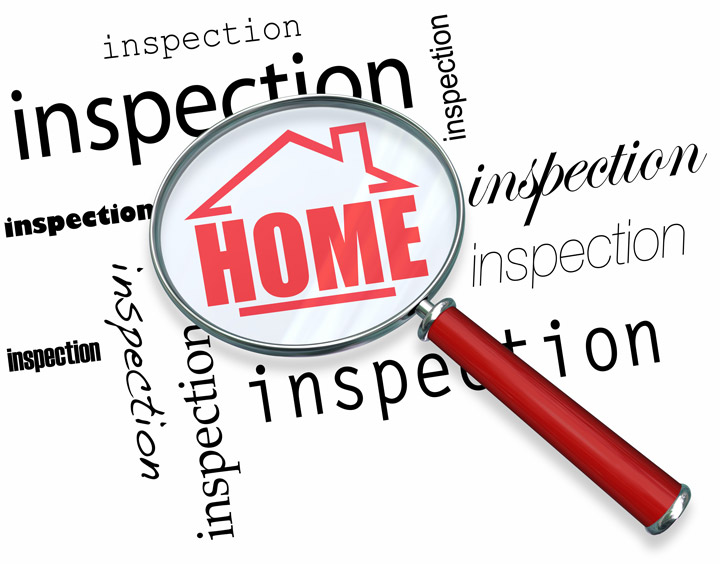 What Goes Into an Appraisal?Getting real estate can be the biggest transaction some people might ever consider. It doesn't matter if it's a primary residence, a second lake home or an investment property. Inspecting the subject property Our first duty at Taggart and Associates, Inc. is to inspect the property to ascertain its true status. We must see aspects of the property first hand, such as the number of bedrooms and bathrooms, the location, quality and amenities, condition and updating, etc. The property will be measured and the floor plan sketched to document the layout of the house. Most importantly, we identify any obvious amenities - or defects - that would have an impact on the value of the house. Following the inspection, an appraiser uses up to three approaches to determining the value of the property: a sales comparison, a depreciated replacement cost calculation, and an income approach when rental properties are prevalent.  Cost ApproachThis is where we gather information on local building costs, the cost of land and utilities, and other factors to derive how much it would cost to replace the property being appraised. The replacement cost is then depreciated to reflect the current condition of the property and to recognize any adverse influences or superadequacies. This estimate often sets the maximum on what a property would sell for. This is a good approach for new or nearly new properties but it's less reliable for older properties in areas where there is no new construction.  Analyzing Comparable SalesAppraisers become very familiar with the neighborhoods in which they work. They thoroughly understand the value of particular features to the homeowners of that area. Then, the appraiser researches recent sales in the area and finds properties which are 'comparable' to the property in question. By assigning a dollar value to certain items such as fireplaces, room layout, appliance upgrades, additional bathrooms or bedrooms, or quality of construction, we add or subtract from each comparable's sales price so that they are more accurately in line with the features of subject.
Once all necessary adjustments have been made, the appraiser reconciles the adjusted sales prices of all the comps and then derives an opinion of what the subject could sell for. When it comes to associating a value with features of homes in Topeka and the surrounding counties, knowledge and experience are very important. The appraisers at Taggart and Associates, Inc. have over 37 years of experience. The sales comparison approach to value is typically given the most weight when an appraisal is for a home exchange. Valuation Using the Income ApproachA third way of valuing real estate is sometimes employed when a neighborhood has a reasonable number of rental properties. In this scenario, the amount of revenue the property produces is analyzed along with other rentals in the area for comparable properties to derive the current value. The Bottom LineCombining information from all applicable approaches, the appraiser is then ready to conclude an estimated market value for the subject property. |